California is the most populated state in the country and educates approximately five million K-12 students. The state collects information on homeschool participation but does not publicly report it, leaving a hole in our understanding of state and national homeschooling trends.
History
California is in the western United States. Historically, homeschooling was never legal or illegal in California; it was housed under private schooling. However, in 2008, Jonathan L. v. Superior Court (2008), homeschooling was officially defined, and “California statutes permit home schooling as a species of private school education.” This case also ruled that “the statutory permission to home school may constitutionally be overridden to protect the safety of a child who has been declared dependent.”
Regulation
California parents have four options in homeschooling: private school program (PSP), public charter or independent study program, private tutor, or private home-based school. In California, homeschooling families with children between the ages of 6 and 18 must file a Private School Affidavit (PSA) with the California Department of Education in October of every year or enroll in a PSP or charter school homeschool program in compliance with the state’s homeschool regulations. Parents filing PSAs are required to provide all curricular and instructional materials. Homeschool parents are required to maintain student attendance and instructional records. The state requires instruction in a broad array of subjects. There are no parental educational qualifications or certifications required. Additionally, there are no requirements related to student testing or instructional time. Alternative diploma equivalencies for students not attending public school include the General Education Development (GED) Test and the California High School Proficiency Exam (CHSPE).
California has no provisions for nonpublic and/or homeschool students to access public school courses, sports, or other extracurricular activities. Access appears to be determined on a district-by-district basis but does not include sports (see Rule 305). Access to special education services is unclear.
State Data
We have little information because the state does not publicly report the homeschool participation data that it collects. However, researchers with The Washington Post recently collected some data on homeschool participation in the state. According to these data, nearly 60,000 students reported homeschooling in 2021-22.
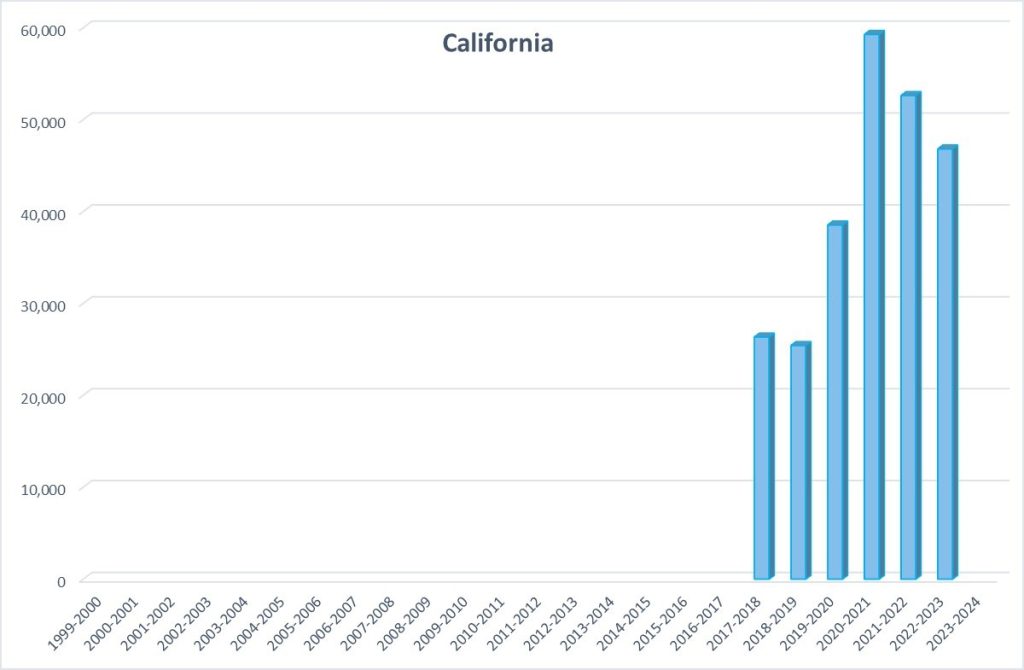
U.S. Census estimates indicate that 8.6% of all families in the state homeschooled in the spring of 2020. This percentage is very high when we consider that the national average at that time was around 5.4%. By the fall of 2020, the percentage of California families homeschooling remained steady at 8.7%. This finding is curious as it deviates from national trends during this time. Only two other states saw little to no change in homeschool participation, according to the U.S. Census; Delaware and Iowa. Based on U.S. Census data, our calculations indicate that about 4.89% of K-12 students in California were homeschooled during the 2022-23 school year, and 4.42% during the 2023-24 school year. Due to survey changes, the data from 2020 reflects the percentage of households, while the data from following years reflects the percentage of students.
Cross-Sector Comparison
During the 2019-20 academic year, 0.6% of California’s K-12 students were homeschooled, according to available data. Homeschool participation in the state was much lower than the 8.0% of students attending private schools. An even larger proportion of California students attended charter schools, at 10.0%. During the 2021-22 academic year, cross-sector participation held steady at 0.8% homeschool, 8.4% private, and 10.4% charter school attendance.
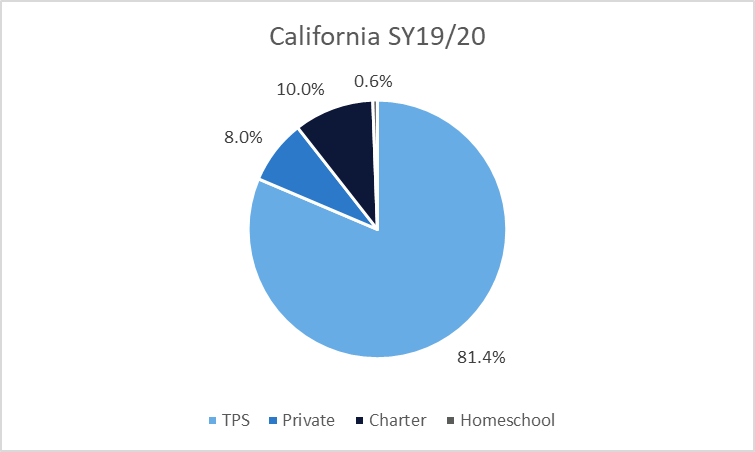
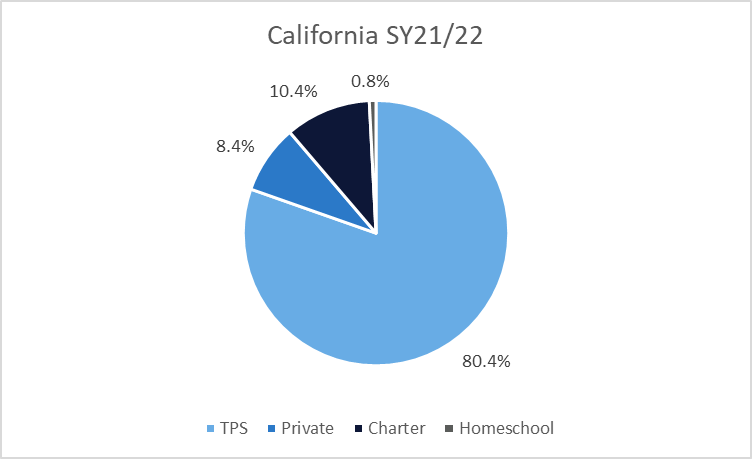
School Choice Context
Parents in California have various options to choose from when it comes to schooling for their children. They can opt for traditional public schools, charter schools, magnet schools, private schools, virtual/online schools, or homeschooling. There is some inter- and intra-district choice. It’s worth noting that California doesn’t currently offer direct financial assistance to families for homeschooling expenses, or to any other nonpublic school families (except in some cases of students with special needs placed in private facilities). However, Senate Bill 292, set to be voted on in 2024, aims to establish Education Savings Accounts (ESA). If passed, the ESA would provide families $15,000 to cover educational expenses, including homeschooling and private tuition.
Commentary
If parents must file annually, the state should collect and publicly report this information to increase transparency and inform policy in the state and the nation. Further, the state appears behind the national trend in allowing nonpublic students, including homeschooled students, access to public school offerings.
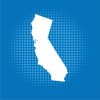
-
8.7% Families
Around 8.7% of families in California homeschooled during the height of the pandemic (Fall 2020).
-
2008 Defined
Homeschooling was officially defined in the state of California in 2008.
-
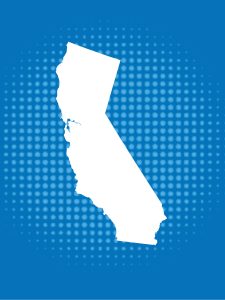
-
More Information
8.7% Families
Around 8.7% of families in California homeschooled during the height of the pandemic (Fall 2020).
2008 Defined
Homeschooling was officially defined in the state of California in 2008.

More Information
Last updated March 2025.